Rhinoplasty is a surgical procedure designed to reshape the nose. It is one of the most common plastic surgery procedures. Rhinoplasty can be used to improve the nose’s appearance due to a birth defect, accident, or other issues. It can also be used to improve breathing difficulties by altering the structure of the nose. The procedure begins with the plastic surgeon making an incision along the columella – the strip of tissue which separates the nostrils. They will then sculpt the nose to the required shape, usually using sutures, skin grafts or cartilage grafts. The plastic surgeon may also use nasal implants, such as silicone or Gore-Tex material, to give the nose a more desired shape and angle. Recovery from rhinoplasty typically takes several months. During this time, the patient must wear a protective splint to keep the newly-shaped nose in position. In the first few days after surgery, patients may experience swelling and bruising around the nose and eyes. This usually dissipates over time and can be managed with cold compresses and pain medications. It’s important to avoid strenuous activities for at least three weeks after surgery. Overall, rhinoplasty is a safe and effective procedure to improve the aesthetic or functional aspects of the nose. With healthy lifestyle habits and proper wound care, most patients are thrilled with the results. After the nose heals and swelling goes down, the patient should enjoy the new nose shape for many years to come.
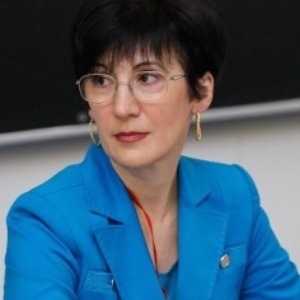
Irina Sergeeva
Novosibirsk State University, Russian Federation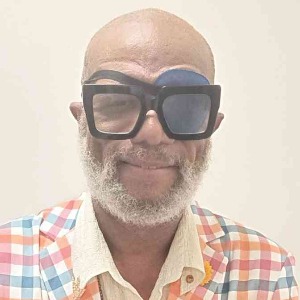
Dave Ray
Dave Ray Enterprises., United States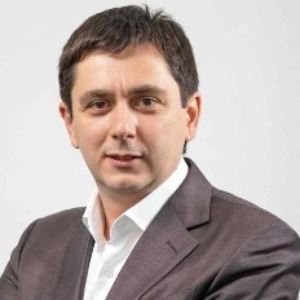
George Sulamanidze
Plastic Surgeon at Clinic of Plastic and Aesthetic Surgery and Cosmetology TOTALCharm, Georgia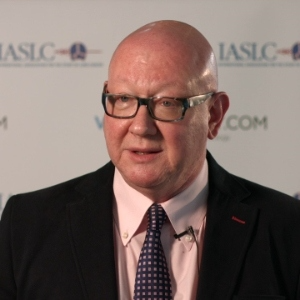
Sergei A Grando
University of California Irvine, United States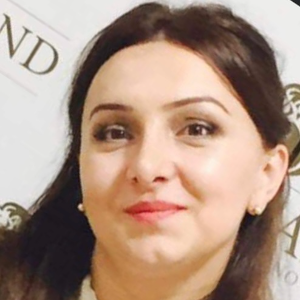
Nino Tsamalaidze
Ltd Karabadini+, Georgia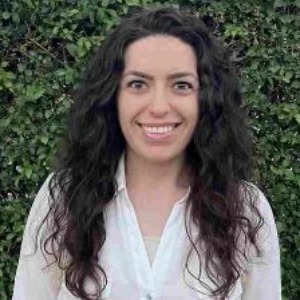
Lina Petrossian
California University of Science and Medicine, United States
Surajbala Khuraijam
Manipur Health Services, India
Shrutimita Pokhariyal
Symbio, India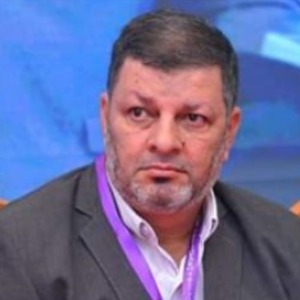
Yasser Mohammed Hassanain Elsayed
Egyptian Ministry of Health, Egypt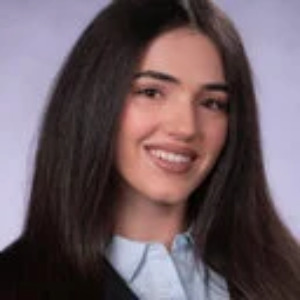



Title : Paraneoplastic Autoimmune Multiorgan Syndrome or PAMS: Paraneoplastic pemphigus revisited
Sergei A Grando, University of California Irvine, United States
Title : Modern non-invasive methods for in vivo assessment of skin
Georgios N Stamatas, SGS, France
Title : Personalized and precision dermatology through the view of biodesign-inspired translational & data-driven applications: Revolutionary skin treatments for every concern in clinical dermatology integrating skin care experts and consumers
Sergey Suchkov, N.D. Zelinskii Institute for Organic Chemistry of the Russian Academy of Sciences, Russian Federation
Title : The next generation of threads: Lifting, volumization, and biostimulation in one powerful triple action
George Sulamanidze, Plastic Surgeon at Clinic of Plastic and Aesthetic Surgery and Cosmetology TOTALCharm, Georgia
Title : Lymphoproliferative diseases in the practice of a dermatologist
Irina Sergeeva, Novosibirsk State University, Russian Federation
Title : Art, skin, and dermatology: Interdisciplinary perspectives
Dechelette Corinne, La Peau Autrement, France
Title : Comparative efficacy of omalizumab and dupilumab in children with Chronic Spontaneous Urticaria (CSU): A retrospective cohort analysis
Molynna Nguyen, University of Toledo, United States
Title : "Mirror mirror on the skin” — A low-cost community strategy to reduce melanoma disparities in Washington, D.C.
Kayla Sampson, Georgetown University School of Medicine, United States
Title : Vitiligo: Not just an aesthetic disorder
Mateja Starbek Zorko, University Medical centre Ljubljana, Slovenia
Title : Personalized and Precision Medicine as a unique avenue to have the healthcare model renewed to secure the national biosafety: Advanced skincare solutions in individualized cosmetology, reconstructive plastic surgery and the modern beauty
Sergey Suchkov, N.D. Zelinskii Institute for Organic Chemistry of the Russian Academy of Sciences, Russian Federation